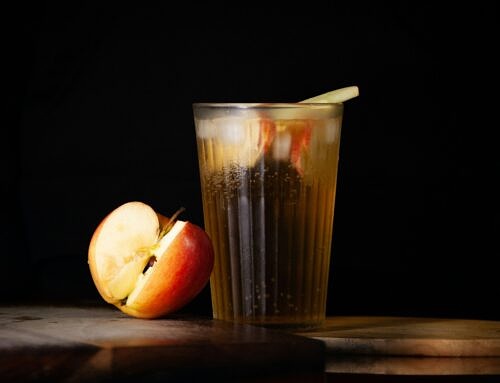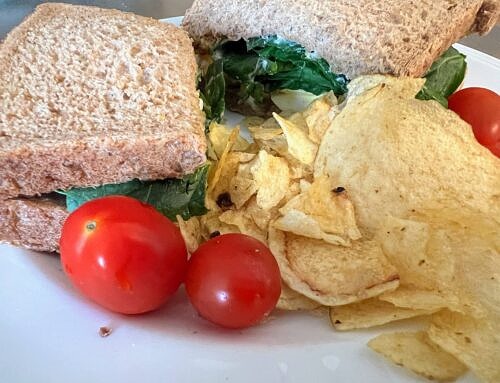
1 What are free radicals?
A bit of science to kick off with – sorry folks! Atoms and molecules have electrons that like to pair-up. Unfortunately free radicals, have unpaired electrons which makes them unstable. To make themselves stable they take electrons from different atoms or molecules, which then become free radicals and the cycle continues. Free radicals aren’t fussy, they react with fats, proteins or other compounds in the body – this results in cell damage and disruption to the natural balance of our bodies.
2 Why do we need to worry?
At low levels free radicals can be beneficial – they support a few processes in the body, including the immune system. However, as the levels increase their reactivity can damage cells causing oxidative and nitrosative stress. Oxidative stress in turn is believed to contribute to ill-health conditions such as type 2 diabetes, rheumatoid arthritis, cataracts, cardiovascular and respiratory diseases, neurodegenerative diseases (for example Alzheimer’s disease and Parkinson’s disease) and cancer. Oxidative stress also has a role in the aging process.
Nitrosative stress can also contribute to health problems, including a reduced ability to use energy, and an increased risk of cell damage and cardiovascular diseases.
3 Where do they come from?
The image above illustrates many of the ways we are exposed to free radicals. Some are external, such as smoking and sunlight, while others we make internally through natural processes such as metabolism.
4 How can food be a problem?
Generally speaking it is frying oils that can contribute to the problem. Fried convenience and snack foods can be a particular problem if they absorb large amounts of frying oil, and/or if they are eaten in large amounts regularly.
Fats and oils can absorb oxygen in storage resulting in free radicals – you may know they are there by the rancid smell of old fat/oil. Oils and fats can also become oxidised when they are heated to or above their smoking point; for example when stir-frying, deep-frying, roasting and grilling. While saturated fats tend to get a bad rap in today’s world, they are actually more stable than unsaturated fats and so are less likely to produce large amounts of free radicals when used in this way. If you regularly enjoy foods cooked in this way, consider the oils that have been used. More stable, and therefore ‘healthier’ fats and oils include ghee (clarified butter), coconut oil and light or refined olive oil (keep extra virgin olive oil for salad dressings). Butter can also be used for medium-heat cooking such as lightly sauteing and braising. Generic vegetable oil, peanut/groundnut oil and sunflower oil are not good choices. If you have a deep-fat fryer (or an old fashioned chip pan) and reuse the fat or oil, each time you use it you may increase the amount of oxidation and free radicals it contains.
Foods with a high fat content may increase the amount of free radicals in the meal further.
If you have been advised by a medical or nutritional professional to manage your saturated fat intake, it is advisable to discuss any concerns with them before changing your diet.
5 What can we do to reduce the risks?
With exception of natural processes within our bodies, the best way to reduce the risk of problems caused by excess free radicals is to reduce our exposure to the sources – for example, stop smoking, avoid excessive alcohol intake and avoid excessive amounts of exercise. Store oil out of the light.
NOTE: Do NOT stop or alter your medication without prior agreement with your doctor!
To help our bodies keep the balance of free radicals in check we can consume antioxidants, such as vitamin A, carotenoids and vitamin C (see image above). I will discuss specific antioxidants in more detail over the next few weeks in the continuation of this Friday Five Antioxidant series. They will all be published on the Alible Nutrition Blog pages to help you find them at any time.
References/Further Reading
- “Free Radicals: Properties, Sources, Targets, and Their Implication in Various Diseases” – Phaniendra, Jestadi and Periyasamy. https://www.ncbi.nlm.nih.gov/pmc/articles/PMC4310837/#:~:text=A%20free%20radical%20can%20be,short%20lived%20and%20highly%20reactive
- “Free Radicals, Antioxidants and Functional Foods: Impact on Human Health” – Lobo et al. https://www.ncbi.nlm.nih.gov/pmc/articles/PMC3249911/



